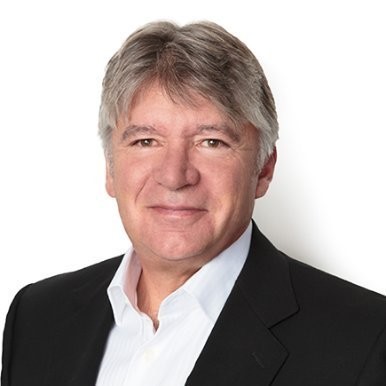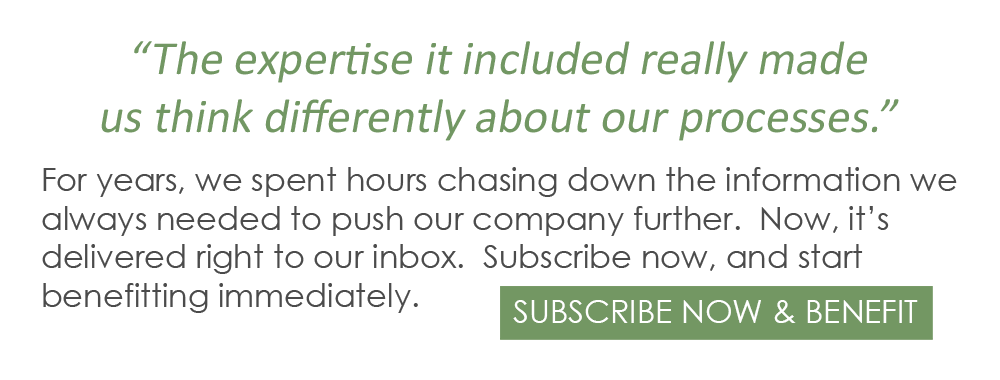
Business
Protecting CRE Businesses from Market Trends: A Comprehensive Guide
Explores effective strategies for development firms to insulate themselves from fluctuating market trends, ensuring long-term stability and growth. This article is essential for developers seeking to mitigate risks and capitalize on opportunities in a volatile market environment.
The last three years have been some of the most challenging times for commercial real estate developers. From rising interest rates and material prices to labor shortages and increased regulations, it feels like the industry is being squeezed from all sides.
But great challenges also create great opportunities for the right kind of developer, according to SteelWave CEO Barry DiRaimondo. Firms that take steps to insulate themselves from the ebbs and flows of the commercial real estate market will ultimately see more sustained long-term growth than those who don’t, he added.
“It’s about conviction.” SteelWave CEO on Insulating Development Firms from Market Trends


Insulating your business from market trends can take many forms. For example, DiRaimondo said firms could focus more on research and finding the right buying opportunities instead of loading-up on cash that sits in a bank account. Developers could also start to rethink the way they evaluate asset performance to make sure they are not stuck with unruly debt during an economic downturn.
“Successful buyers in today’s market aren’t trying to time the bottom because only an amateur actually thinks that they can,” DiRaimondo said in an interview.
How do you protect your business from market trends?
Protecting your business from market trends starts with conviction, DiRaimondo said. Developers need to have conviction about the market they’re investing in, the location of their prospective purchase, the bones of the building, and their plan to drive leasing.
“After you work through those elements and you add up your projected costs, and if your all in basis is favorable to what it would’ve been had you bought the building in 2016, you will love it three years from now,” he said.


Why is it important for development firms to stay insulated from market trends?
Without conviction, DiRaimondo added it can be easy for a developer to become reactive to new market trends. Once a developer is thinking reactively, it can be very difficult to get back ahead.
Chuck Clark, the director of development for the City of Lackawanna, New York, which is about 10 miles southeast of Buffalo, recently told Buffalo Business First that the city paused development on an apartment and retail complex because of increasing interest rates.
In other instances, the projects may have been canceled altogether, Clark said. But this time around, the city asked the developer to revisit the project when it made more financial sense.
“Our reaction to that is we are disappointed but not concerned,” Clark said. “In both cases, they were dealing with economic conditions that were far different than when they responded to the initial RFP.”
What Strategies Can Development Firms Employ to Insulate Themselves?
One way for development firms to insulate themselves from new market trends is to get back to basics, DiRaimondo said. That means focusing on the three L’s of real estate: location, location, and location.
DiRaimondo said there are still developers who are using complex metrics like internal return rates or net operating incomes to evaluate the performance of their assets. However, those metrics are quickly being obsoleted by financial conditions.
“If you are trying to figure out what your projected IRR is, you are delusional. It’s about conviction about the market, the location, the building and your plan,” DiRaimondo said. “At some point, you need to move beyond those metrics because you are invariably just making up numbers to solve the riddle.”


How Can Diversification Protect Development Firms from Market Volatility?
Outside of business strategy, DiRaimondo said there are things developers can do at the project-level that set them apart from their competition.
“At the end of the day, you have to deliver a completely differentiated work environment in locations where people want to go to work,” he said. “I would much rather pay up for that type of asset than be the cheapest commodity asset alternative in the market.”
There are a few firms who are already practicing this mantra. Koelbel & Company, a development firm based in Denver, Colorado that specializes in multifamily and office properties, has recently gotten into the niche “Classified Space as a Service” segment by developing a 200,000 sf building called Innovus near Buckley Air Force Base. The building will be fully-accredited, meaning that it can be used to view classified information, and include several shared offices. The building is expected to be completed in Q2 2026, according to its website.
Danny Moore, president and founder of DeNovo Solutions, a development firm that is working on the Innovus project, said in 2023 the development team was responding to the demand for shared office space from defense contractors during the pandemic.
“Understand what your target audience is looking for. It’s actually a lot easier than you might think, just step back and ask yourself what you would want to see and experience as a user,” DiRaimondo said.
What Role Does Market Research Play in Insulating Firms from Trends?
Identifying new opportunities in challenging markets often starts with good market research, DiRaimondo said. But researchers shouldn’t be focused on finding the best available buying opportunity. Instead, they should focus on finding the right opportunity to support long-term growth, DiRaimondo said.
The current market has created a lot of buying opportunities, DiRaimondo continued. For instance, there are buildings in San Francisco that are trading for around $250 per sf. today that would have fetched more than $700 per sf. before the pandemic began. But evaluating a deal based only on the numbers can be a dangerous proposition, he said.
“it’s possible to be an excited buyer of a new opportunity and a frustrated borrower of existing assets at the same time,” he added.
Finding the right buying opportunities can also help firms avoid the market’s “double-edged sword,” DiRaimondo said. For instance, there are good properties that are trading for steep discounts. But high interest rates have also made it more expensive to maintain existing portfolios.
“Great assets in great locations with no debt are about as safe of an investment strategy as you can invest in; unfortunately, not every investor is liquid enough to do that,” he added.





